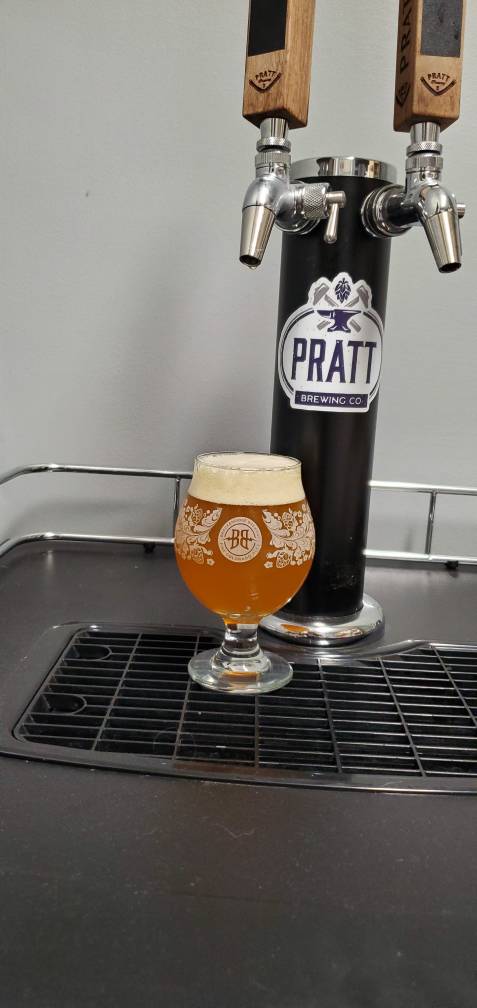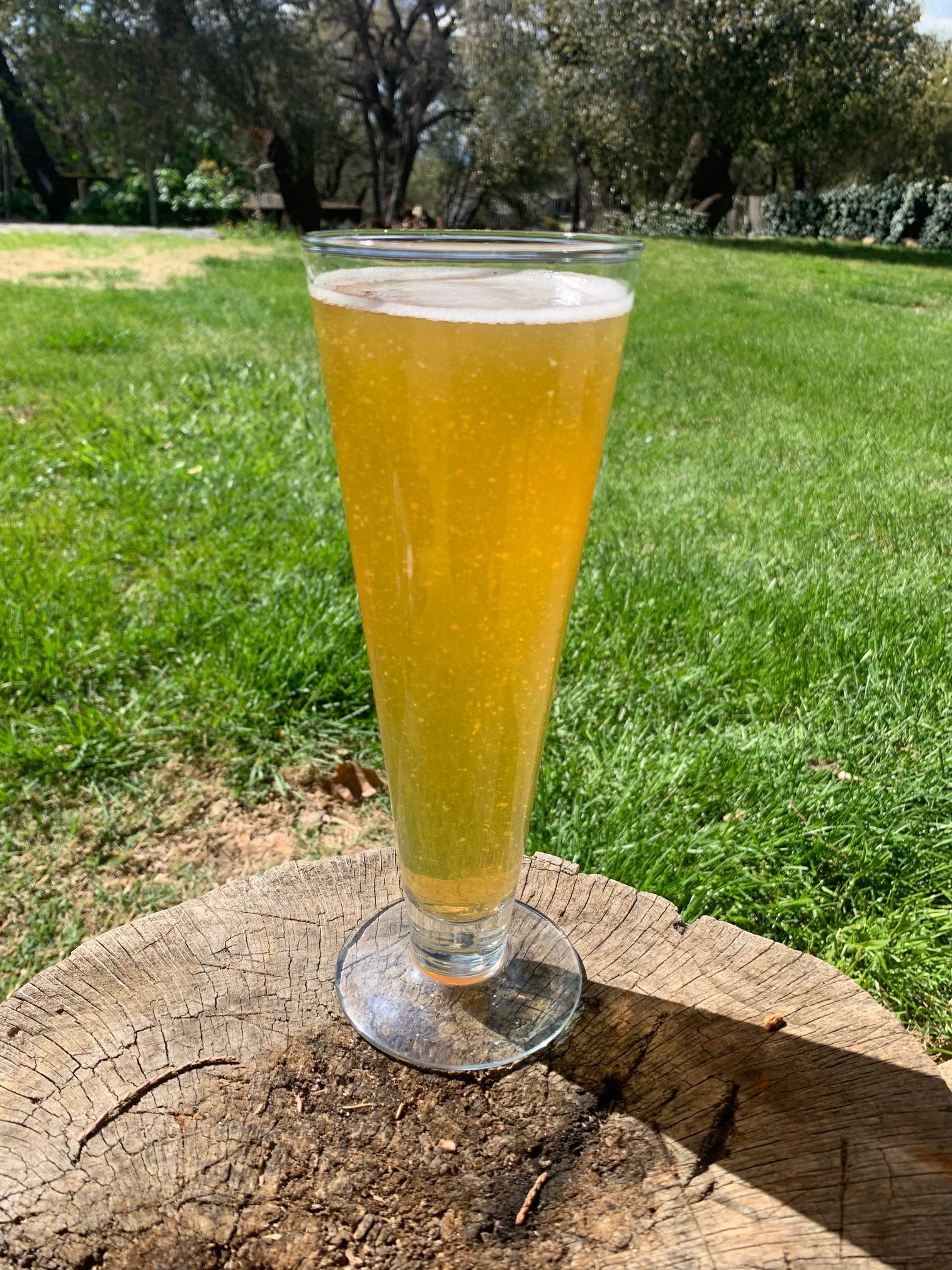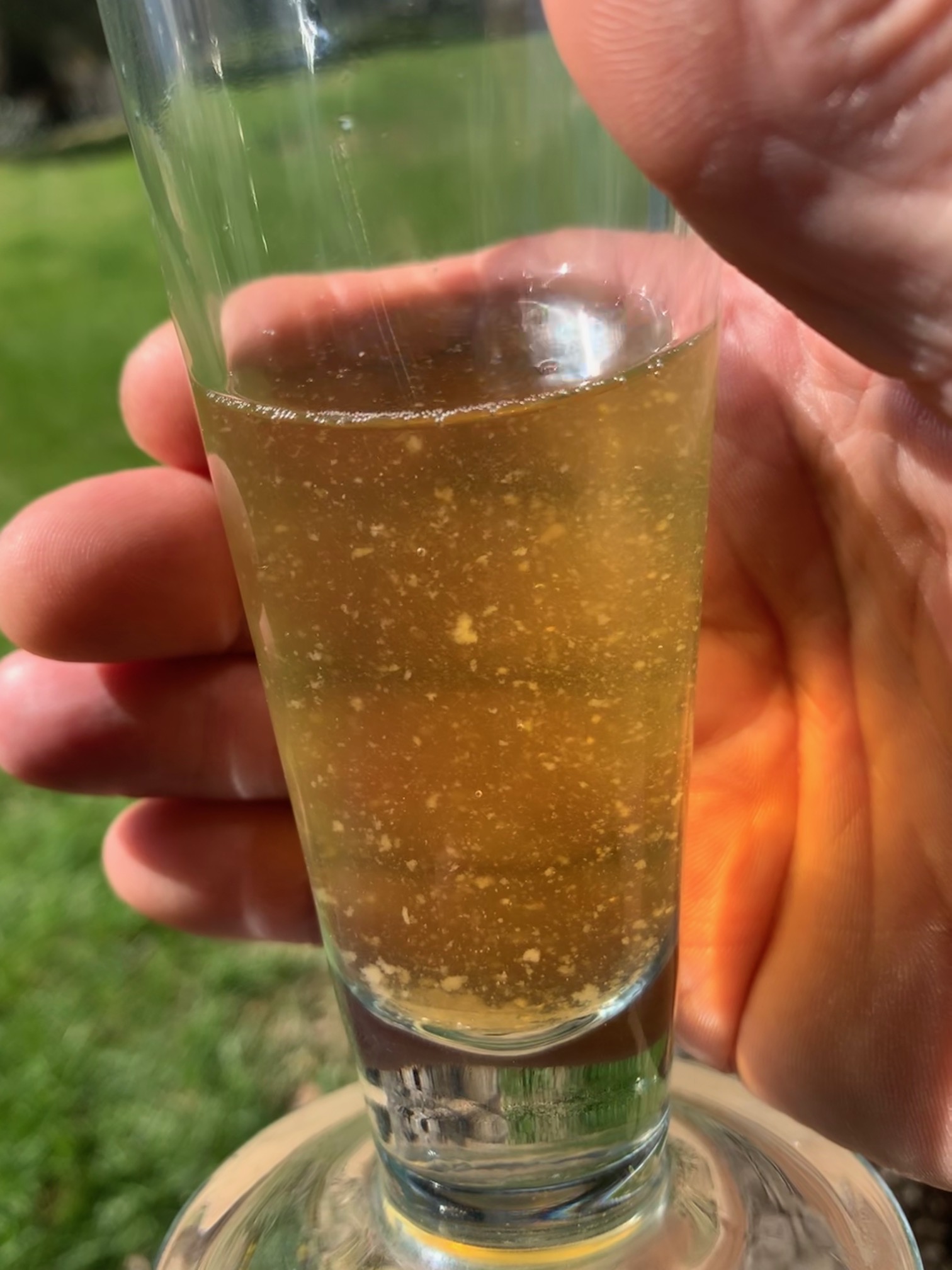So what happened here? This is my strawberry milkshake poured after two weeks bottle conditioning and 24 hours in the refrigerator. Taste is really good. Strawberry is present but not predominant. Hops combine in a nice mix of fruity and resinous. Strawberry is more predominant in the nose but it still smells like beer, not just fruit juice. 8% lactose but it isn't really sweet, FG 1.014. There is good carbonation but little foam. If I pour carefully and leave 20% in the bottle the floating stuff stays in the bottle but it is very loose in the bottom. Why is it so clear and what are the floating pieces?
Percentages of fermentables below are before adding 3 lb strawberries.
3.5 gallon batch
5 lb American - Pale 2-Row 64%
10 oz Flaked Oats 8%
10 oz Flaked Wheat 8%
6 oz Briess - Wheat Malt, White 4.8%
6 oz Simpsons - Golden Naked Oats 4.8%
3 oz Gambrinus - Honey Malt 2.4%
10 oz Lactose
- 8%
All Yakima Valley Hops - 2019
10 g Citra Pellet 12.8 Boil 30 min
40 g Citra Pellet 12.8 Whirlpool at 170 °F 10 min
40 g Mosaic Pellet 12.5 Whirlpool at 170 °F 10 min
32 g Sabro Pellet 14.5 Whirlpool at 170 °F 10 min
52 g Citra Pellet 12.8 Dry Hop 7 days
52 g Mosaic Pellet 12.5 Dry Hop 7 days
44 g Sabro Pellet 14.5 Dry Hop 7 days
BIAB mash at 156 for 60 min
60 min gentle boil/simmer
A38 Juice from previous batch, 8 oz of dense slurry, 60 days old, activated with 1/2 liter 1.040 wort on stir plate for 6 hours.
Fermented in glass carboy, low 60s up to mid 60s. Got active within 12 hours. Krausen fell after 4 days (64 degrees).
Day 5 added mashed, previously frozen strawberries.
Day 7 Dry hopped, fermentation pretty slow.
Day 10 still bubbling a bit, added vanilla tincture. 66 degrees
Day 12 up to 72 degrees
Day 14-21 64 degrees - strawberries turned white but never dropped to the bottom of fermenter. I shook the fermenter several times during this time hoping they would drop.
Day 21 bottled directly from fermenter into individually primed bottles (1/2 tsp table sugar/12 oz). Used an auto siphon with a small hop bag over the end in the carboy and a bottling wand. Siphoned beer out from between trub and floating strawberries. The beer was very opaque when originally bottles. Bottle conditioned for 2 weeks.
View attachment 672331
View attachment 672332


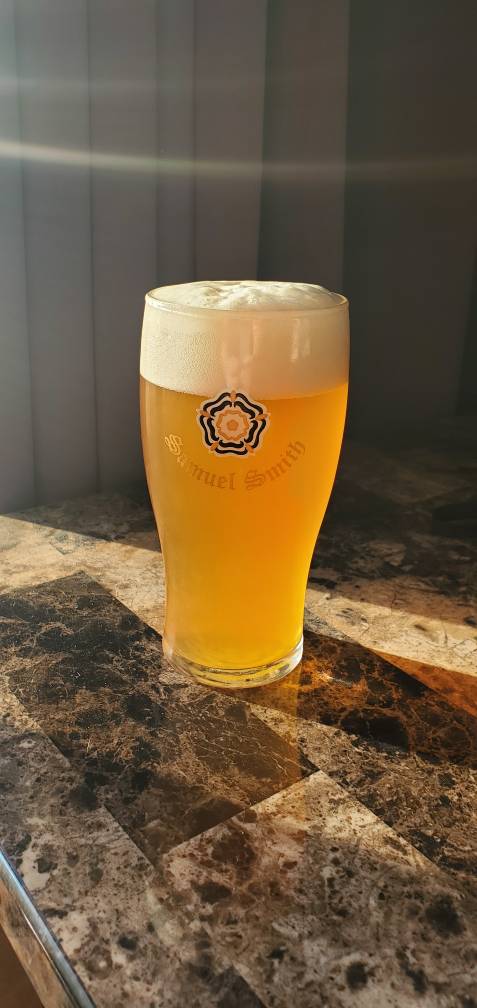
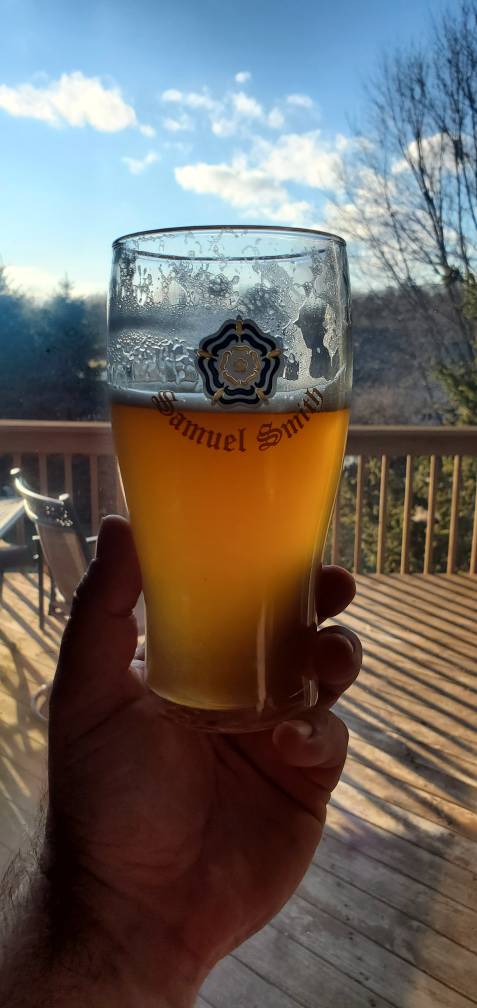
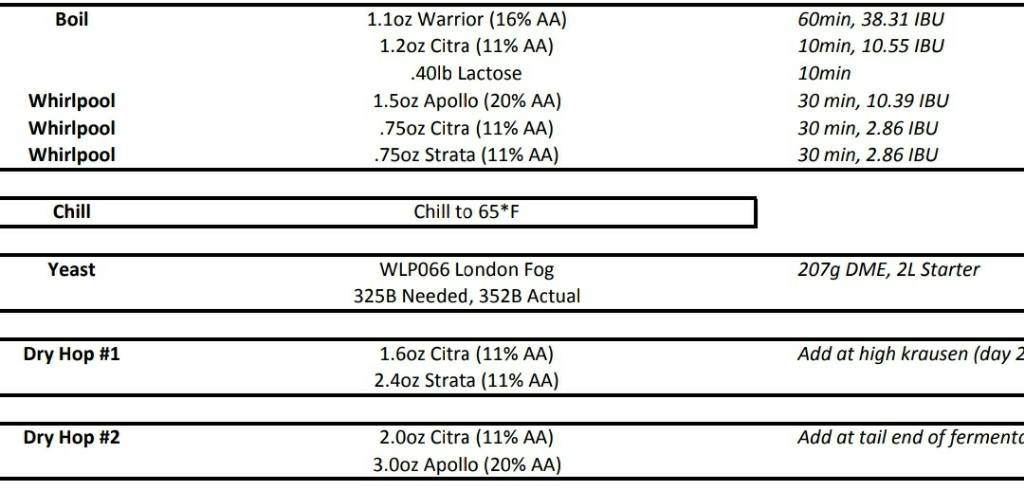






















![Craft A Brew - Safale BE-256 Yeast - Fermentis - Belgian Ale Dry Yeast - For Belgian & Strong Ales - Ingredients for Home Brewing - Beer Making Supplies - [3 Pack]](https://m.media-amazon.com/images/I/51bcKEwQmWL._SL500_.jpg)
































